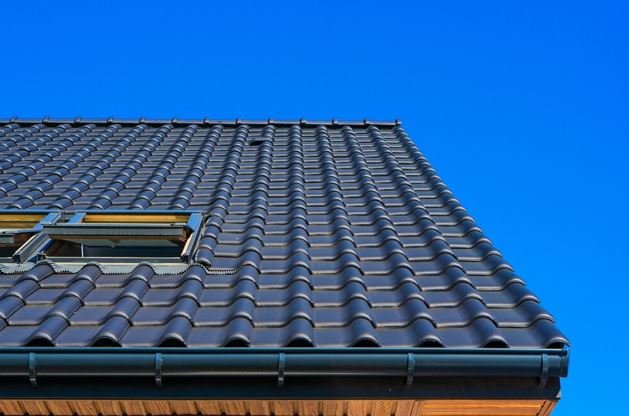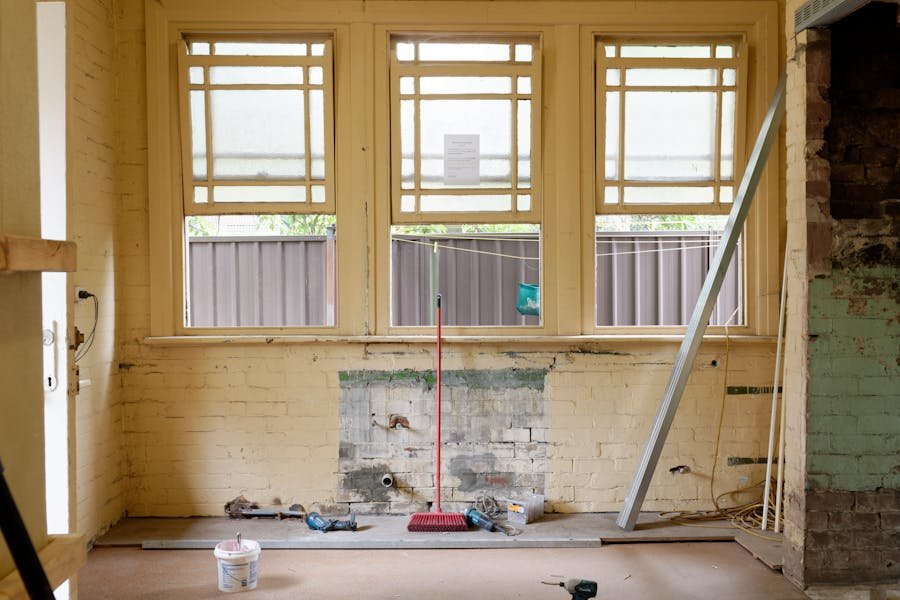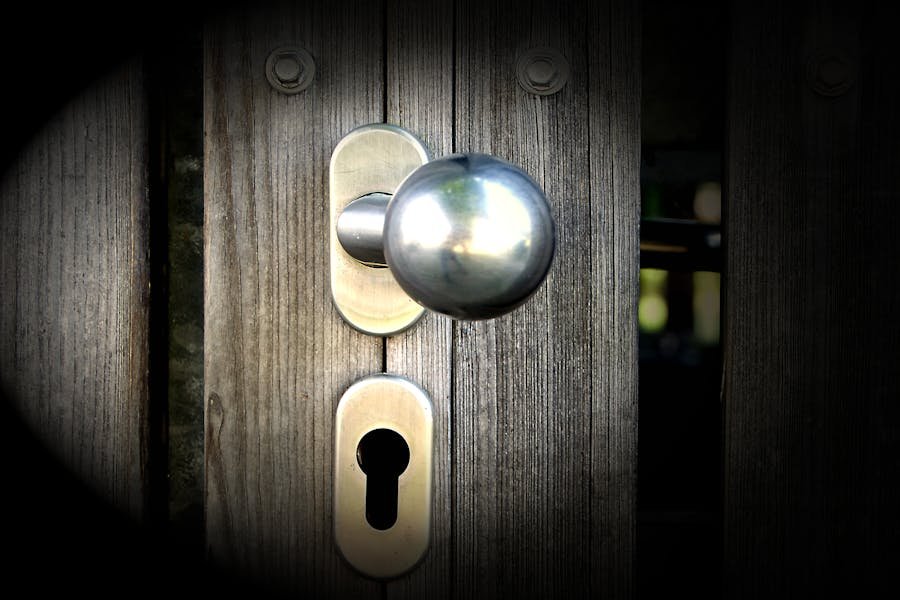Guttering and Drainage in Conservatories
When homeowners think about conservatories, their minds often jump to sunlight, relaxation, and adding a beautiful new living space to their home. But there’s a practical side to every structure, and one of the most important yet frequently overlooked elements is how that structure handles water. Guttering and drainage might not be the most glamorous part of your conservatory, but it’s absolutely essential for keeping it weatherproof, structurally sound, and free from long-term issues.
A well-designed conservatory should integrate seamlessly with the existing home—visually, thermally, and in terms of water management. From the pitch of the roof to the way the rainwater runs off and away from the foundations, every element has a part to play. Poor guttering and drainage can lead to a host of problems, including leaks, damp, erosion, and even foundation movement. On the other hand, getting it right ensures that your conservatory stays dry, comfortable, and in good condition for many years to come.
Why Rainwater Management Matters in a Conservatory
The British weather is famously unpredictable, with frequent rainfall, heavy downpours, and long wet spells all part of life across the UK. This means that any structure added to your home has to be ready to handle a significant amount of water over time. Conservatories—especially those with large glazed roof areas—tend to collect a lot of rainwater very quickly, and unless it’s managed properly, it can lead to water ingress or pooling around the base of the structure.
Conservatories that lack effective guttering can allow water to cascade down from the roof, splashing against the glass or framework and putting pressure on seals and joins. Over time, this can compromise the waterproofing, cause draughts, or allow damp to form where the conservatory meets the house. Even more concerning is what happens at ground level. Without adequate drainage, rainwater can pool at the base of the conservatory, increasing the risk of rising damp or damage to the foundations.
Properly designed guttering channels this water safely into downpipes and away from the property. It’s a small detail with big consequences, and it’s just as important as choosing the right glazing or insulation.
The Role of Guttering in a Conservatory Roof
Guttering in a conservatory functions in much the same way as guttering on a standard roof. It collects water as it runs off the roof panels and directs it towards downpipes. However, because conservatory roofs are typically made from glass or polycarbonate rather than tile or slate, the system needs to be designed with those materials—and their runoff rates—in mind.
The volume of water generated by a conservatory roof can be surprisingly high, especially during heavy rainfall. The slope or pitch of the roof helps water run off quickly, which is useful in preventing standing water but also means the guttering has to be able to cope with that volume all at once. The gutters must be securely fixed, properly aligned, and of adequate capacity to manage the flow without overflowing.
In most modern conservatories, the guttering system is integrated into the roof structure. It’s often concealed within the framework, providing a neat appearance while still allowing for effective water capture. These systems are typically made from uPVC, which offers durability, low maintenance, and a seamless visual finish that matches the rest of the conservatory.
Downpipes and Where the Water Goes
Once water has been collected by the guttering, it needs to be carried away from the roof and down to ground level through a series of downpipes. These pipes are responsible for moving water quickly and efficiently to a designated drainage point.
In some cases, the conservatory’s downpipes may be linked into the property’s existing drainage system, ensuring consistency and compliance with local building regulations. In other cases, especially where linking into mains drainage is impractical, water may be directed into a soakaway—a gravel-filled pit or drainage crate buried in the ground that allows water to naturally percolate into the surrounding soil.
It’s vital that water is discharged away from the base of the conservatory. Allowing it to pour directly onto the patio or into flowerbeds adjacent to the structure might not seem like a big issue at first, but over time it can cause the ground to become saturated, leading to settling or damp issues within the conservatory itself.
Correct placement and sizing of downpipes, along with careful consideration of where they terminate, help protect the conservatory from unwanted water damage, even during periods of prolonged or heavy rainfall.
Integrating Guttering with Existing Systems
If your conservatory is an addition to an older property, you may already have an established guttering and drainage system. In these cases, the key is integration. It’s important that the new conservatory guttering doesn’t disrupt the flow of the existing system or overload it.
This can sometimes involve rerouting parts of the main house’s guttering, especially if the conservatory affects access to existing downpipes. In some designs, shared guttering may be created between the house and the conservatory, using diverters or additional pipework to ensure balanced water flow across both structures.
An experienced conservatory installer will assess the current drainage set-up and make appropriate adjustments to ensure everything works together. They’ll also take into account roof overhangs, valleys, and any areas where water might collect unusually, such as where the conservatory meets a side extension or garage.
When done properly, this integration not only protects your conservatory—it also helps improve the efficiency and reliability of your overall roof drainage system.
Dealing with Blockages and Maintenance
Even the best-designed guttering system needs occasional care. Over time, leaves, moss, and debris can build up in the gutters, particularly in autumn. Blocked guttering can lead to water spilling over the edge, missing the downpipes altogether, and potentially running down the sides of the conservatory or pooling at ground level.
Routine maintenance involves checking the guttering and downpipes for blockages and clearing any debris before it causes problems. This can be done using ladders and a hand scoop, or by employing a professional gutter cleaning service, especially if access is difficult.
For conservatories surrounded by trees or in areas prone to debris, gutter guards or mesh inserts can be fitted to reduce the build-up of leaves. These accessories allow water to flow through while keeping out larger debris, cutting down on the need for frequent cleaning.
Some conservatories also feature self-cleaning glass or roof panels with hydrophobic coatings. While these do help reduce staining and water retention on the roof itself, they don’t eliminate the need for gutter maintenance—but they can slightly reduce the volume of debris entering the system.
When Drainage Goes Wrong
Problems with conservatory drainage can manifest in several ways. Overflowing gutters, damp patches at the base of the structure, and algae or moss growing along the edges are all signs that water isn’t being managed correctly. In more serious cases, pooling around the foundations can lead to subsidence or frost heave, particularly in colder months.
Internally, poor drainage might lead to leaks, condensation build-up, or water tracking down internal walls. These issues are not only frustrating—they can also damage flooring, furnishings, and paintwork. In some cases, they might even affect adjoining rooms in the main house if the conservatory is not properly sealed.
Fixing these issues usually involves tracing the cause back to the guttering or downpipes and identifying whether there’s a blockage, break, or capacity issue. In older conservatories, guttering may have become loose or misaligned over time. A professional inspection can quickly identify the problem and recommend a solution, whether that’s a replacement section, a re-routing of pipework, or an upgrade to a higher-capacity system.
Planning Ahead for New Builds and Extensions
For homeowners planning to build a new conservatory or garden room, drainage should be considered early in the design process. The orientation of the roof, proximity to existing drains, and the surrounding landscaping all influence how water should be managed.
Working with experienced builders or conservatory specialists ensures that these practicalities are not an afterthought but an integral part of the plan. They’ll ensure the conservatory complies with building regulations and that water runoff doesn’t cause problems for you or your neighbours.
Some projects may also require permission from local authorities if changes to drainage systems affect shared access or listed buildings. Understanding these implications early helps avoid delays and ensures the finished conservatory is as functional as it is attractive.
Creating a Weatherproof Structure That Lasts
A conservatory is a long-term investment. Whether it’s used as a dining room, playroom, home office, or simply a place to unwind, it deserves to be protected against the elements all year round. Proper guttering and drainage are not simply optional extras—they’re essential components that keep the structure dry, stable, and looking its best.
Good design, quality materials, and sensible maintenance all come together to keep water moving away from your conservatory, rather than into it. By making these systems a priority, homeowners can enjoy their conservatory in comfort—rain or shine—and avoid the kinds of costly repairs that can come from neglecting such a critical feature.














Post Comment